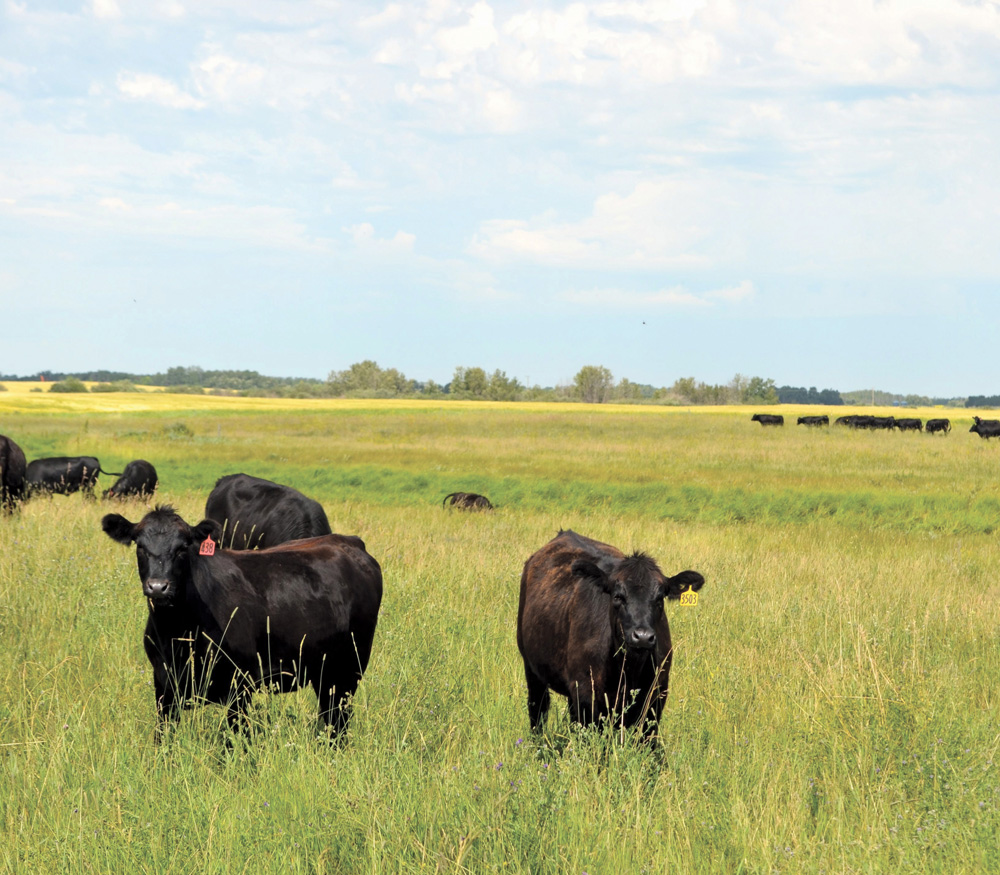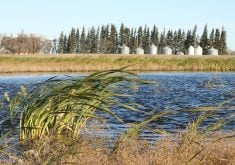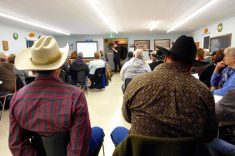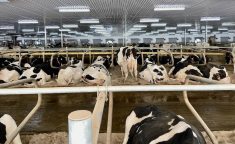Manitoba’s network of community pastures will be fully transferred out of federal control by October 2016.
The Association of Manitoba Community Pastures (AMCP) is currently operating 14 of the province’s 23 community pastures and will take over the remaining nine in the coming year.
“Community pastures are an important resource for new and established farmers to have a place for livestock to graze and breed,” said Barry Lowes, chair of AMCP. “The community pasture program has been an important part of many farm operations for years and we are pleased we will be able to manage and protect this land for the province and for the agricultural producers who continue to rely on it.”
Read Also

Beekeepers want financial protection against tropi mite
What happens to beekeepers if the deadly tropi mite reaches Canada? Discover why farmers want robust compensation to protect pollination.
Agriculture, Food and Rural Development Minister Ron Kostyshyn announced in early October that the government plans to complete the management transfer by this time next year.
“Community pastures preserve our natural Prairie landscape and offer farmers an important option to raise their livestock,” said Minister Kostyshyn. “The Manitoba government is pleased to support those who are invested in the continued use and protection of these important spaces.”
Manitoba’s 23 community pastures cover 400,000 acres, 80 per cent of which sit on provincial Crown land.
The federal government began transferring the responsibility of the community pastures to the province in 2014, at which time the AMCP was formed.
“This transfer had been planned to be complete in 2018, but they’ve accelerated it to be completed by 2016. At this point, more than half of the pastures have been successfully transferred,” said acting general manager of the AMCP, Barry Ross.
The AMCP is composed of individuals who pay fees to use the pasture lands; fees that are held consistent with market rates.
“This past year we were able to retain 100 per cent of the cattle and have had a good rollover of staff as well,” said Ross. “The first year there was a little less, about 75 per cent.”
Community pastures were established in Canada’s three Prairie provinces in the 1930s to help reclaim badly eroded soils.
Today, these pastures continue to be managed with the goal of protecting the land from drought, development and intensive cropping impacts.
“The sustainable management of these natural lands provides grazing options to Manitoba beef producers, continued access for traditional use and protection of biodiversity and critical wildlife habitat,” said Conservation and Water Stewardship Minister Tom Nevakshonoff. “Community pastures complement our efforts on the landscape to strengthen resilience to climate change through water quality protection, water retention and groundwater aquifer replenishment.”
This project has been supported by $1.05 million over three years from the provincial government.
“We are looking forward to having all of these pastures under a complete organization,” said Ross. “With all the pastures in the mix the whole thing is more financially stable and it gives us more options to balance the properties if one has a bad year.”
















